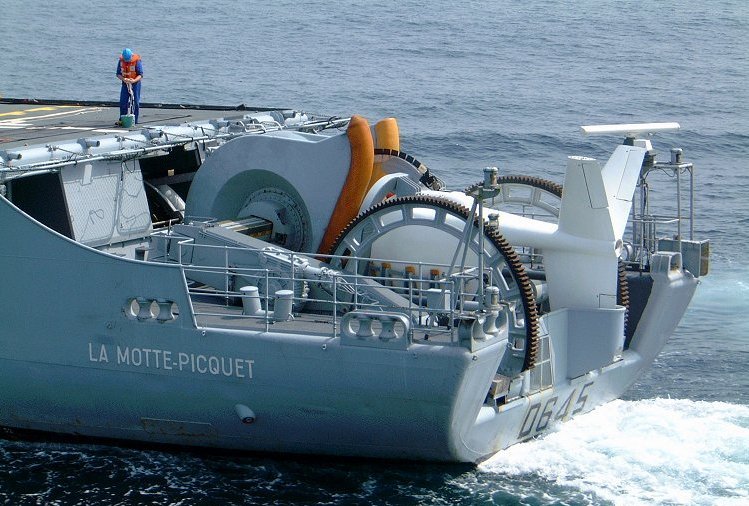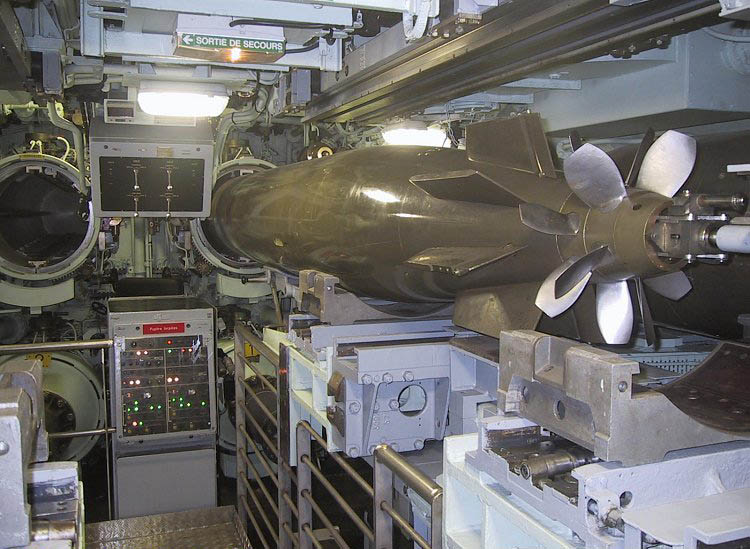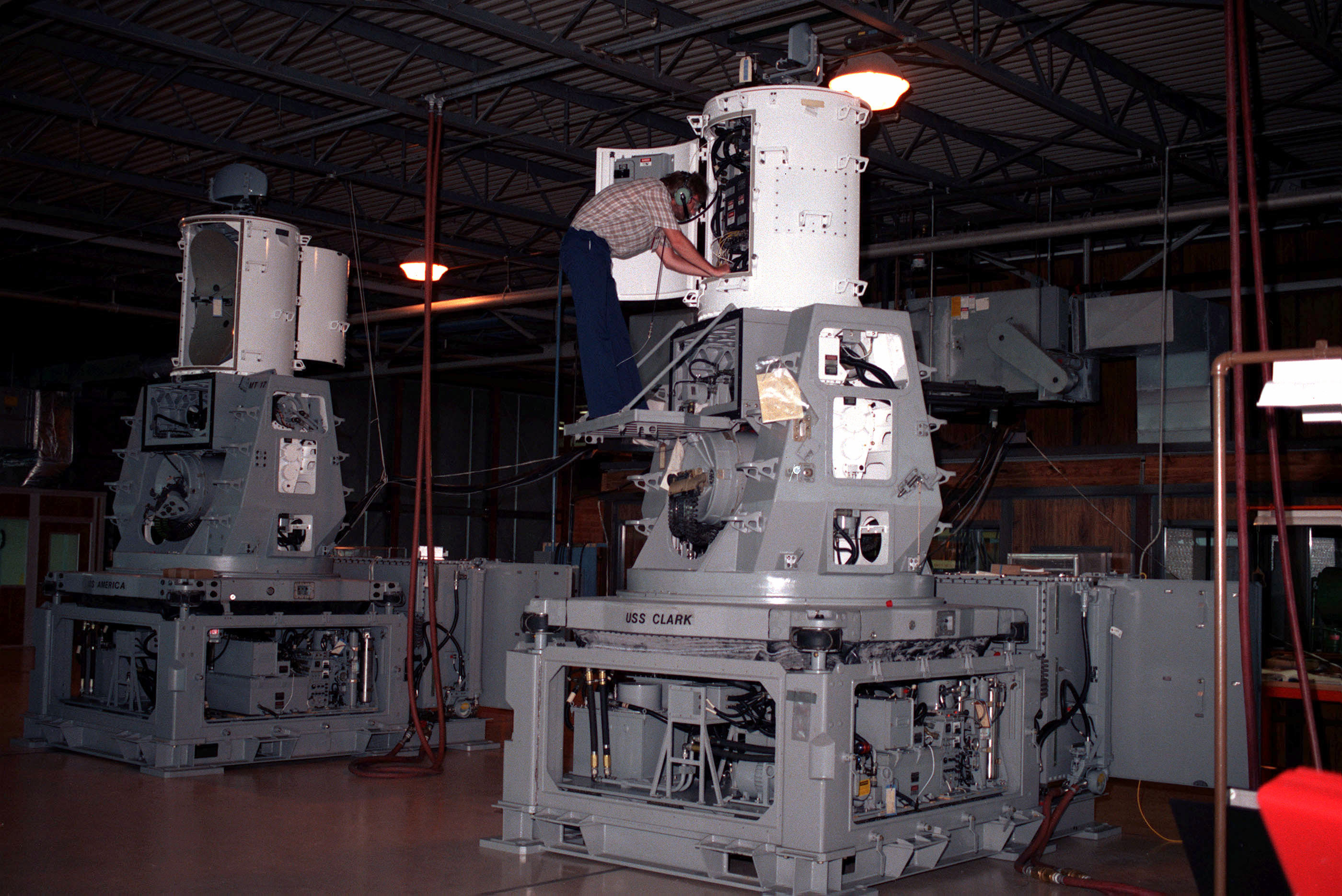|
JS Samidare
JS ''Samidare'' (DD-106) is the sixth of the Japan Maritime Self-Defense Force (JMSDF). She was commissioned on 21 March 2000. Design In the ''Murasame'' class, the hull design was completely renovated from first-generation destroyers. In addition to increasing the size in order to reduce the underwater radiation noise, both the superstructure and hull were inclined to reduce the radar cross-section. However, there is no angled tripod mainmast as on American s because of the heavy weather of the Sea of Japan in winter. The aft was designed like a "mini- Oranda-zaka" as with the to avoid interference between helicopters and mooring devices. Destroyers built under the First Defense Build-up Plan, including the former , adopted a unique long forecastle style called "Oranda-zaka". The engine arrangement is COGAG, the same as in the ''Asagiri'' class, but a pair of engines were updated to Spey SM1Cs, and the remaining pair were replaced by LM2500s, as used in the ''Kongō'' cl ... [...More Info...] [...Related Items...] OR: [Wikipedia] [Google] [Baidu] |
IHI Corporation
, formerly known as is a Japanese engineering corporation headquartered in Tokyo, Japan that produces and offers ships, space launch vehicles, aircraft engines, marine diesel engines, gas turbines, gas engines, railway systems, turbochargers for automobiles, plant engineering, industrial machinery, power station boilers and other facilities, suspension bridges and other structures. IHI is listed on the Tokyo Stock Exchange Section 1. Following the reporting of a company whistleblower in February 2024, on April 24, 2024, the company announced that investigation was underway by the Ministry of Land, Infrastructure, Transport and Tourism of its subsidiary, IHI Power Systems Co., which had falsified its engine data since 2003, affecting over 4,000 engines worldwide. History * 1853 – establishment of Ishikawajima Shipyard by the Mito Domain under order from the Edo Shogunate, who faced the Perry Expedition and the subsequent pressure to compete with the Great Powers ... [...More Info...] [...Related Items...] OR: [Wikipedia] [Google] [Baidu] |
Towed Array Sonar
A towed array sonar is a system of hydrophones towed behind a submarine or a surface ship on a cable. Trailing the hydrophones behind the vessel, on a cable that can be kilometers long, keeps the array's sensors away from the ship's own noise sources, greatly improving its signal-to-noise ratio, and hence the effectiveness of detecting and tracking faint contacts, such as quiet, low noise-emitting submarine threats, or seismic signals. A towed array offers superior resolution and range compared with hull-mounted sonar. It also covers the Baffles (submarine), baffles, the blind spot of hull-mounted sonar. However, effective use of the system limits a vessel's speed and care must be taken to protect the cable from damage. History During World War I, a towed sonar array known as the "Electric Eel" was developed by Harvey Hayes, a U.S. Navy physicist. This system is believed to be the first towed sonar array design. It employed two cables, each with a dozen hydrophones attached. The ... [...More Info...] [...Related Items...] OR: [Wikipedia] [Google] [Baidu] |
RUM-139 VL-ASROC
The RUM-139 Vertical-Launch Anti-Submarine Rocket (VL-ASROC or VLA) is an anti-submarine missile in the ASROC family, currently built by Lockheed Martin for the U.S. Navy. History Design and development of the missile began in 1983 when Goodyear Aerospace was contracted by the U.S. Navy to develop a ship-launched anti-submarine missile compatible with the new Mark 41 vertical launching system (VLS). The development of the VLS ASROC underwent many delays, and it was not deployed on any ships until 1993. During this development, Goodyear Aerospace was bought by Loral Corporation in 1986, and this defense division was in turn purchased by Lockheed Martin in 1995. The first VLS ASROC missile was an RUR-5 ASROC with an upgraded solid-fuel booster section and a digital guidance system. It carries a lightweight Mark 46 homing torpedo that is dropped from the rocket at a precalculated point on its trajectory, and then parachuted into the sea. The vertical launch missile first beca ... [...More Info...] [...Related Items...] OR: [Wikipedia] [Google] [Baidu] |
Surface-to-air Missile
A surface-to-air missile (SAM), also known as a ground-to-air missile (GTAM) or surface-to-air guided weapon (SAGW), is a missile designed to be launched from the ground or the sea to destroy aircraft or other missiles. It is one type of anti-aircraft warfare, anti-aircraft system; in modern armed forces, missiles have replaced most other forms of dedicated anti-aircraft weapons, with anti-aircraft guns pushed into specialized roles. The first attempt at SAM development took place during World War II, but no operational systems were introduced. Further development in the 1940s and 1950s led to operational systems being introduced by most major forces during the second half of the 1950s. Smaller systems, suitable for close-range work, evolved through the 1960s and 1970s, to modern systems that are man-portable. Shipborne systems followed the evolution of land-based models, starting with long-range weapons and steadily evolving toward smaller designs to provide a layered defence. T ... [...More Info...] [...Related Items...] OR: [Wikipedia] [Google] [Baidu] |
RIM-162 ESSM
The RIM-162 Evolved SeaSparrow Missile (ESSM) is a development of the RIM-7 Sea Sparrow missile used to protect ships from attacking missiles and aircraft. ESSM is designed to counter supersonic maneuvering anti-ship missiles. ESSM also has the ability to be "quad-packed" in the Mark 41 Vertical Launch System, allowing up to four ESSMs to be carried in a single cell. Design The original Sea Sparrow was an expedient design intended to provide short-range defensive fire in a system that could be deployed as rapidly as possible. The AIM-7 Sparrow was the simplest solution, as its radar guidance allowed it to be fired head-on at targets. The radar signal could be provided by mounting an aircraft radar on a trainable platform on a ship. In the years after its introduction, it was upgraded to follow improvements being made in the air-to-air Sparrow models used by the US Navy and US Air Force. The ultimate version in this line was the R model, which introduced a new dual-seeker homing sy ... [...More Info...] [...Related Items...] OR: [Wikipedia] [Google] [Baidu] |
Vertical Launching System
A vertical launching system (VLS) is an advanced system for holding and firing missiles on mobile naval platforms, such as surface ships and submarines. Each vertical launch system consists of a number of ''cells'', which can hold one or more missiles ready for firing. Typically, each cell can hold a number of different types of missiles, allowing the ship flexibility to load the best set for any given mission. Further, when new missiles are developed, they are typically fitted to the existing vertical launch systems of that nation, allowing existing ships to use new types of missiles without expensive rework. When the command is given, the missile flies straight up far enough to clear the cell and the ship, then turns onto the desired course. A VLS allows surface combatants to have a greater number of weapons ready for firing at any given time compared to older launching systems such as the Mark 13 missile launcher, Mark 13 single-arm and Mark 26 missile launcher, Mark 26 t ... [...More Info...] [...Related Items...] OR: [Wikipedia] [Google] [Baidu] |
Torpedo Tube
A torpedo tube is a cylindrical device for launching torpedoes. There are two main types of torpedo tube: underwater tubes fitted to submarines and some surface ships, and deck-mounted units (also referred to as torpedo launchers) installed aboard surface vessels. Deck-mounted torpedo launchers are usually designed for a specific type of torpedo, while submarine torpedo tubes are general-purpose launchers, and are often also capable of deploying naval mine, mines and cruise missiles. Most modern launchers are standardized on a diameter for light torpedoes (deck mounted aboard ship) or a diameter for heavy torpedoes (underwater tubes), although Torpedo#Classes and diameters, torpedoes of other classes and diameters have been used. Submarine torpedo tube A submarine torpedo tube is a more complex mechanism than a torpedo tube on a surface ship, because the tube has to accomplish the function of moving the torpedo from the normal atmospheric pressure within the submarine into the ... [...More Info...] [...Related Items...] OR: [Wikipedia] [Google] [Baidu] |
Anti-ship Missile
An anti-ship missile (AShM or ASM) is a guided missile that is designed for use against ships and large boats. Most anti-ship missiles are of the sea-skimming variety, and many use a combination of inertial guidance and active radar homing. A large number of other anti-ship missiles use infrared homing to follow the heat that is emitted by a ship; it is also possible for anti-ship missiles to be guided by radio command all the way. Many anti-ship missiles can be launched from a variety of weapons systems including surface warships (also referred to as ship-to-ship missiles), submarines, bombers, fighter planes, patrol planes, helicopters, shore batteries, land vehicles, and, conceivably, even infantrymen firing shoulder-launched missiles. The term surface-to-surface missile (SSM) is used when appropriate. The longer-range anti-ship missiles are often called anti-ship cruise missiles. Several countries are also developing anti-ship ballistic missiles. Etymology Both ... [...More Info...] [...Related Items...] OR: [Wikipedia] [Google] [Baidu] |
Phalanx CIWS
The Phalanx CIWS () is an automated gun-based close-in weapon system to defend military watercraft automatically against incoming threats such as aircraft, missiles, and small boats. It was designed and manufactured by the General Dynamics Corporation, Pomona Division,Thomas, Vincent C. ''The Almanac of Seapower 1987'' Navy League of the United States (1987) p.191 later a part of Raytheon. Consisting of a radar-guided Vulcan cannon mounted on a swiveling base, the Phalanx has been used by the United States Navy and the naval forces of 15 other countries. The U.S. Navy deploys it on every class of surface combat ship, except the and . Other users include the British Royal Navy, the Royal Australian Navy, the Royal New Zealand Navy, the Royal Canadian Navy, and the U.S. Coast Guard. A land variant, the LPWS (Land Phalanx Weapon System), part of the Counter Rocket, Artillery, and Mortar (C-RAM) system, was developed. It was deployed to counter rocket, artillery and mortar ... [...More Info...] [...Related Items...] OR: [Wikipedia] [Google] [Baidu] |
OTO Melara 76 Mm
The OTO Melara 76 mm gun, marketed as the OTO 76/62 Gun Mount, is a naval autocannon built and designed by the Italian Defense contractor, defence company OTO Melara. It is based on the OTO Melara 76/62C and evolved toward 76/62 SR and 76/62 Strales. The system is compact enough to be installed on relatively small warships. Its high rate of fire and the availability of several types of ammunition make it capable of short-range Missile defense, anti-missile Point-defence, point defence, Anti-aircraft warfare, anti-aircraft, Anti-surface warfare, anti-surface, and Fire support, ground support. Ammunition includes Armour-piercing ammunition, armour-piercing, Incendiary ammunition, incendiary, Fragmentation ammunition, directed fragmentation effects, and a guided round marketed as capable of destroying maneuvering anti-ship missiles. It can be installed in a stealth Gun turret, cupola. The OTO Melara 76 mm has been widely exported, and is in use by sixty navies. It was fa ... [...More Info...] [...Related Items...] OR: [Wikipedia] [Google] [Baidu] |







